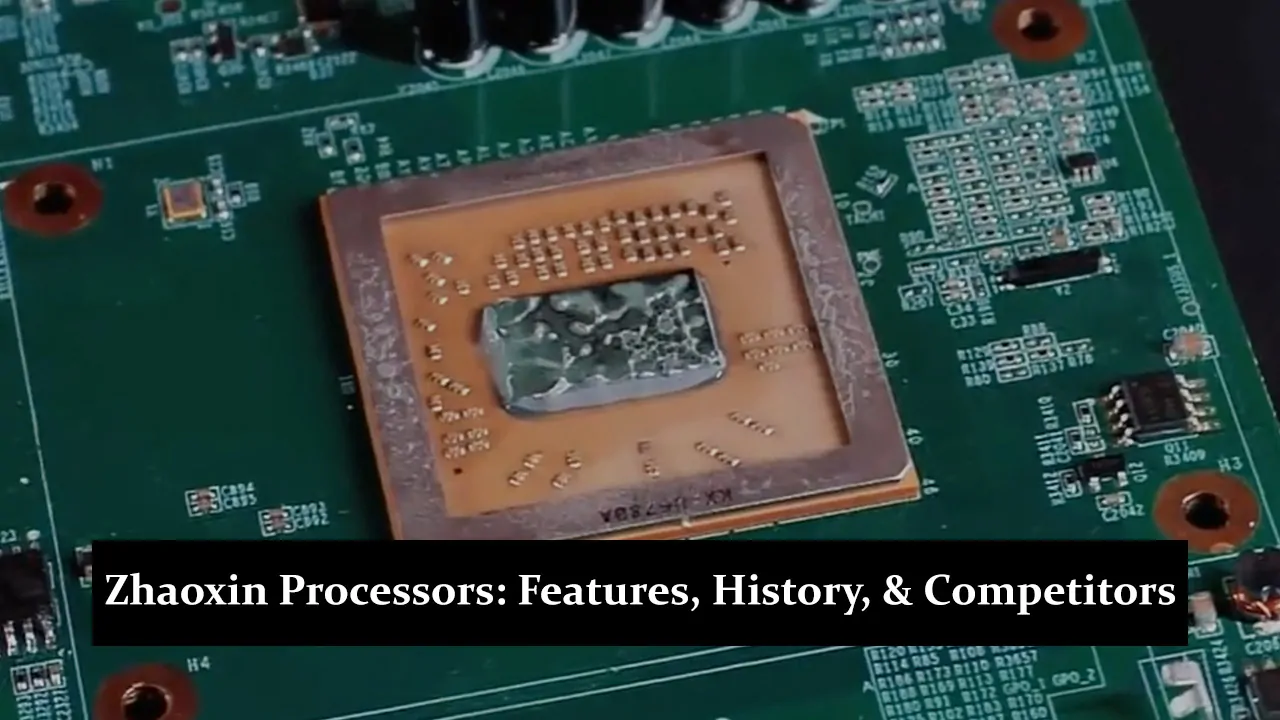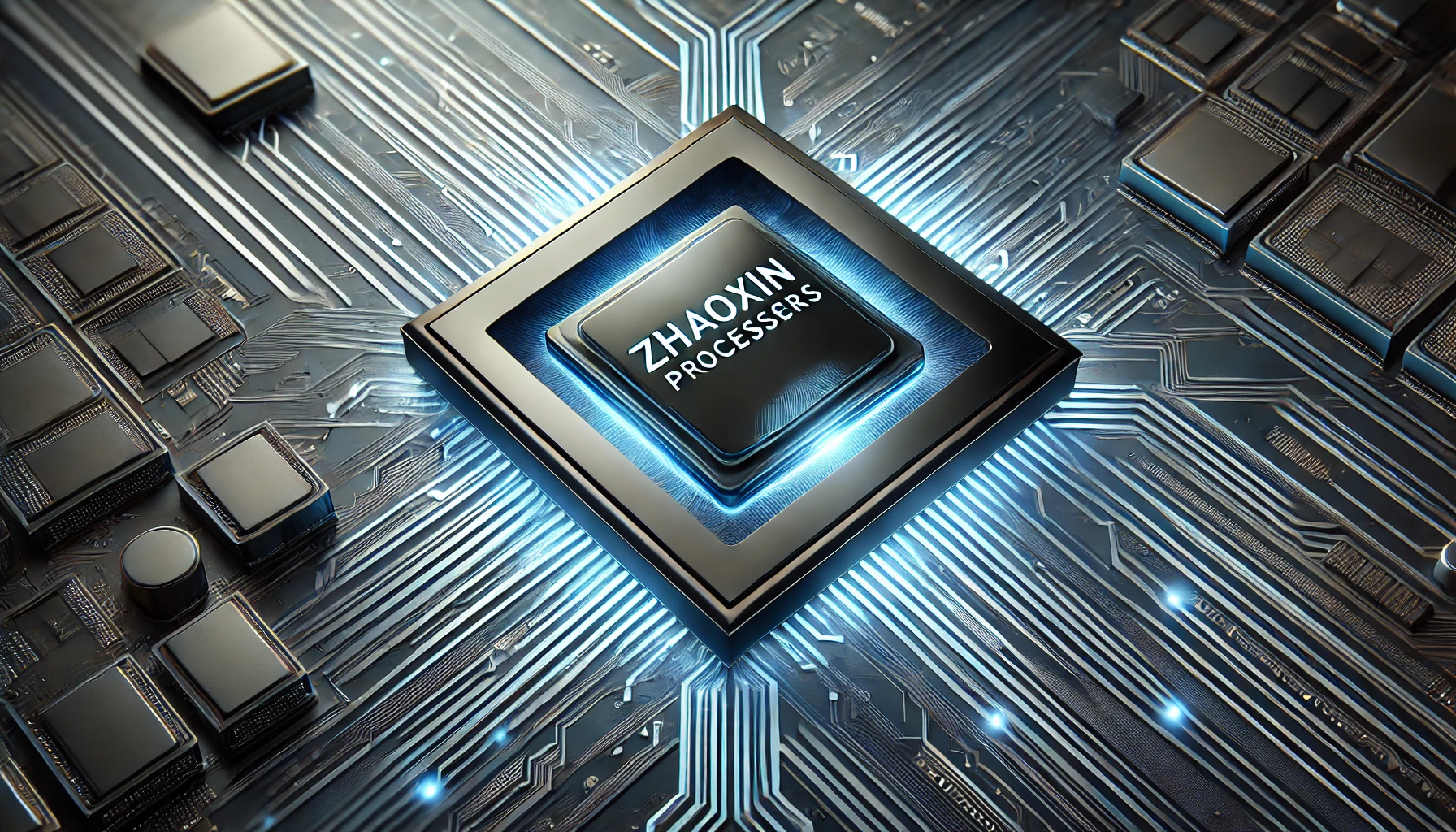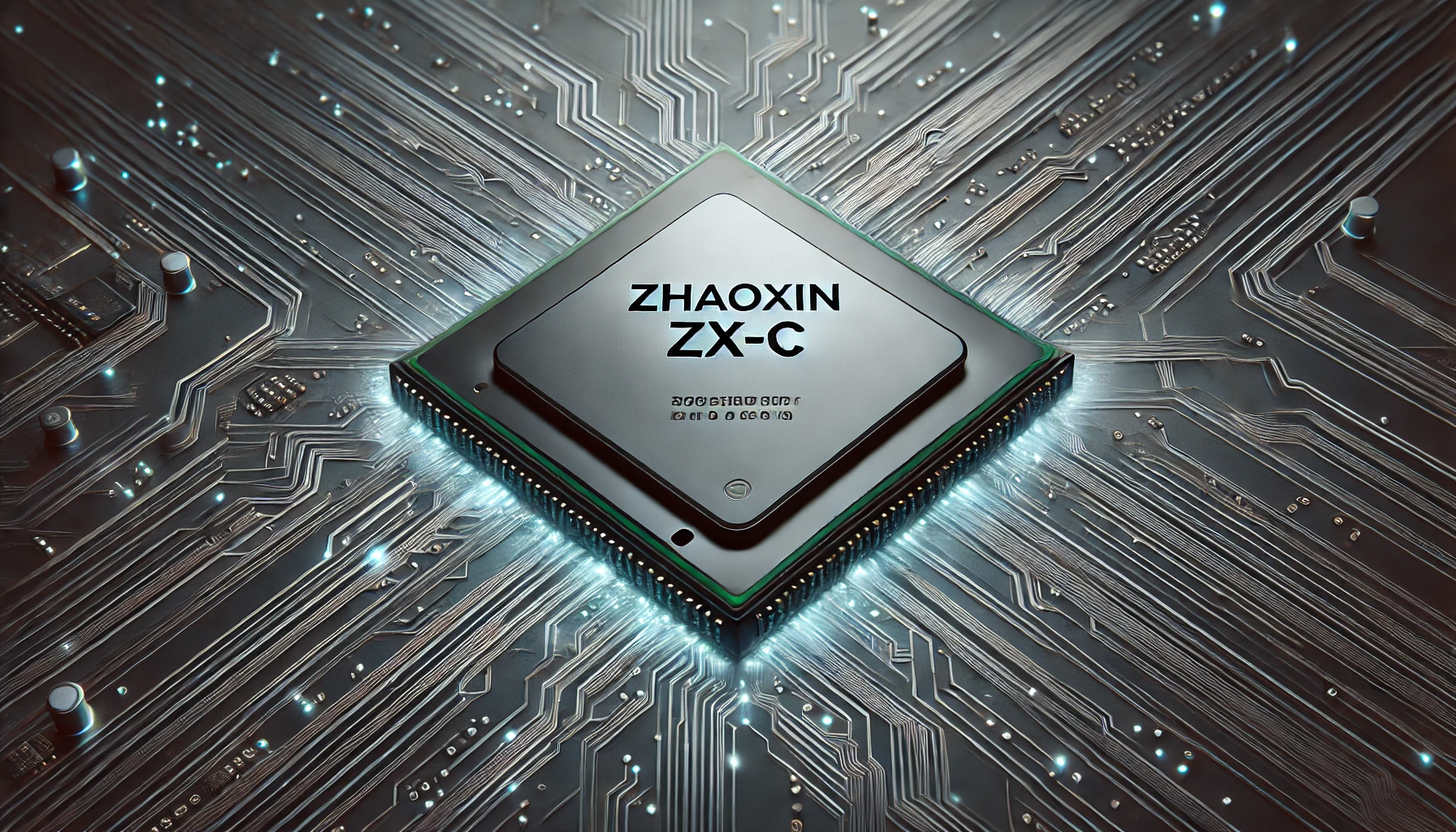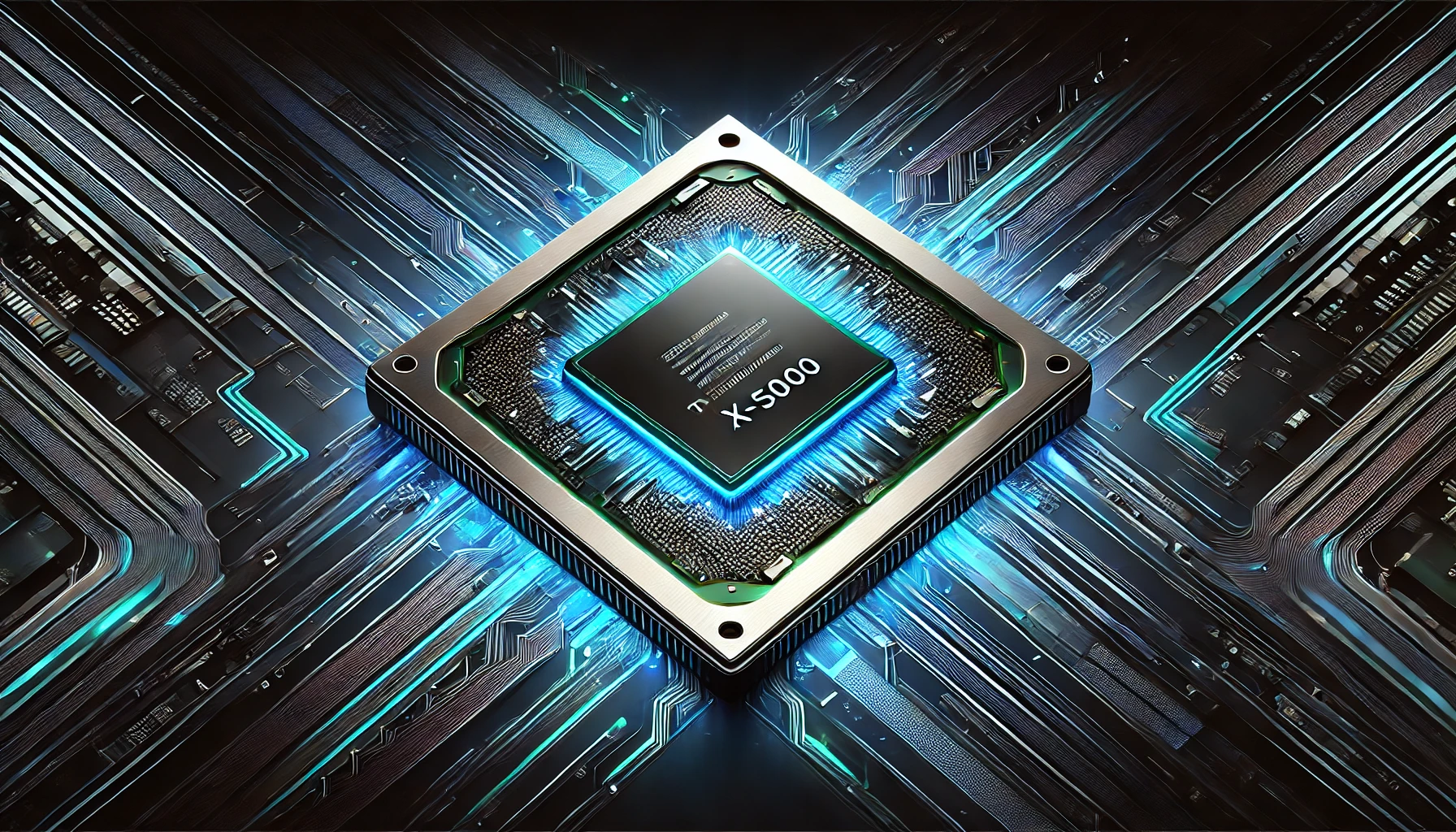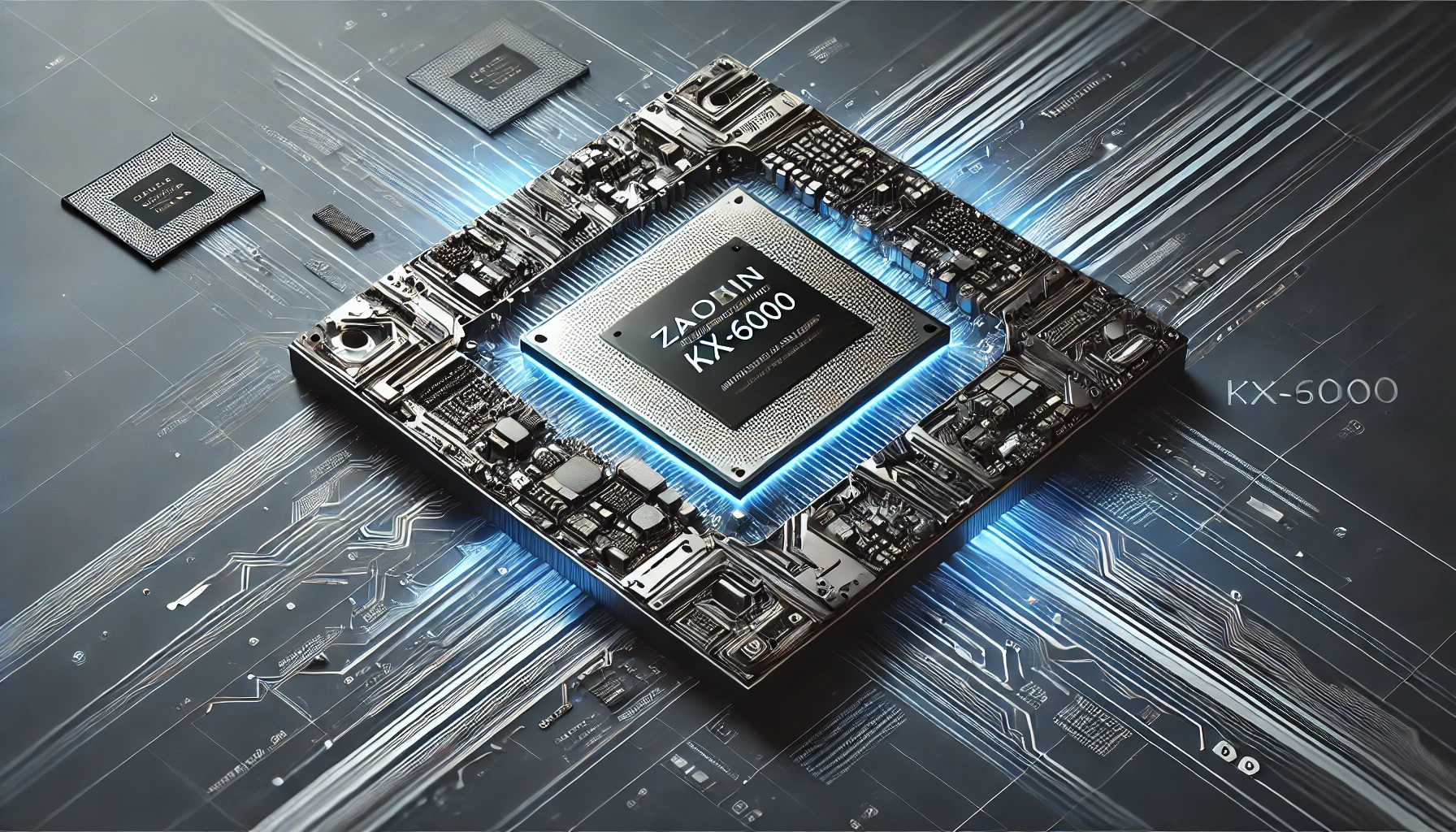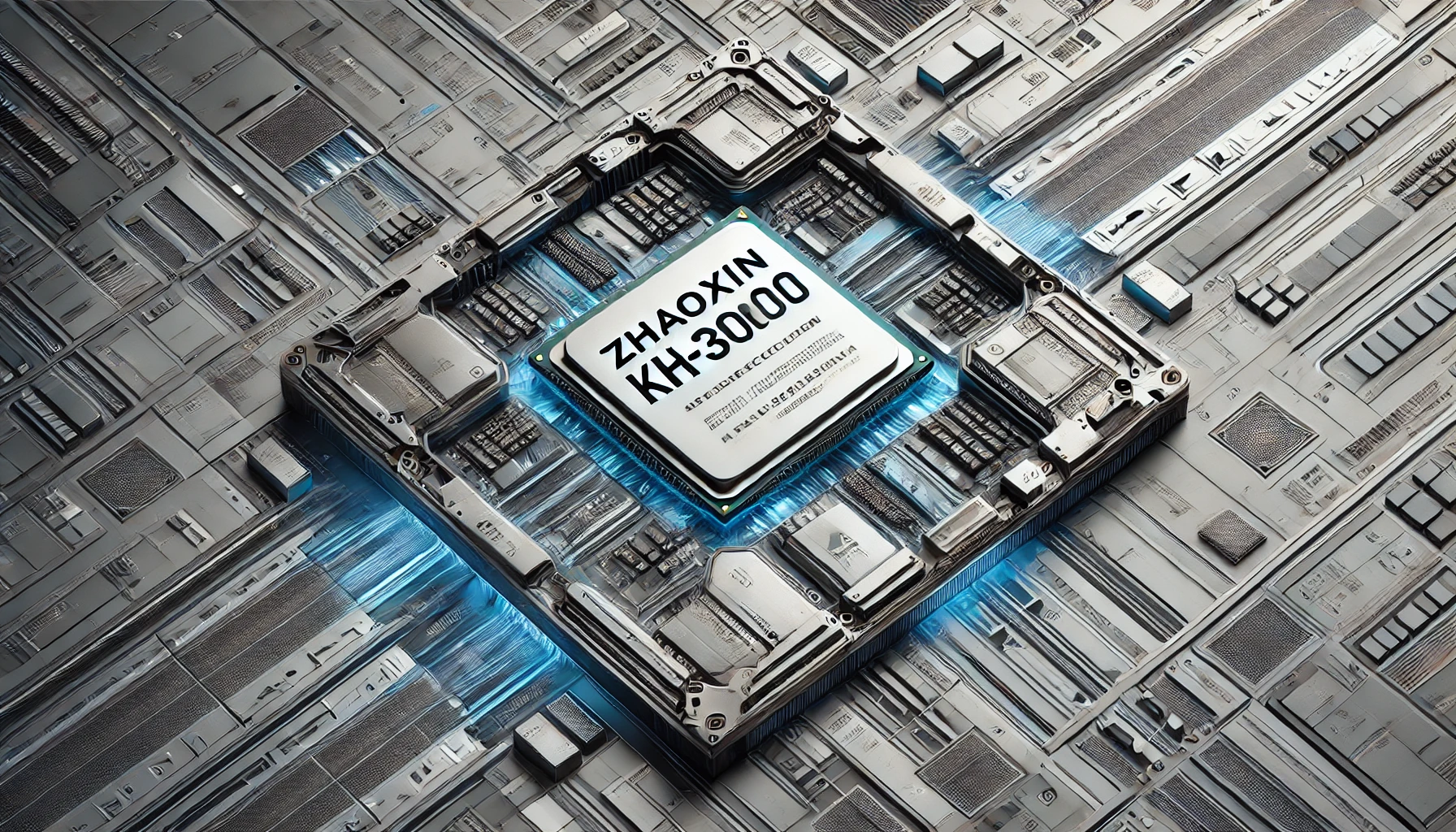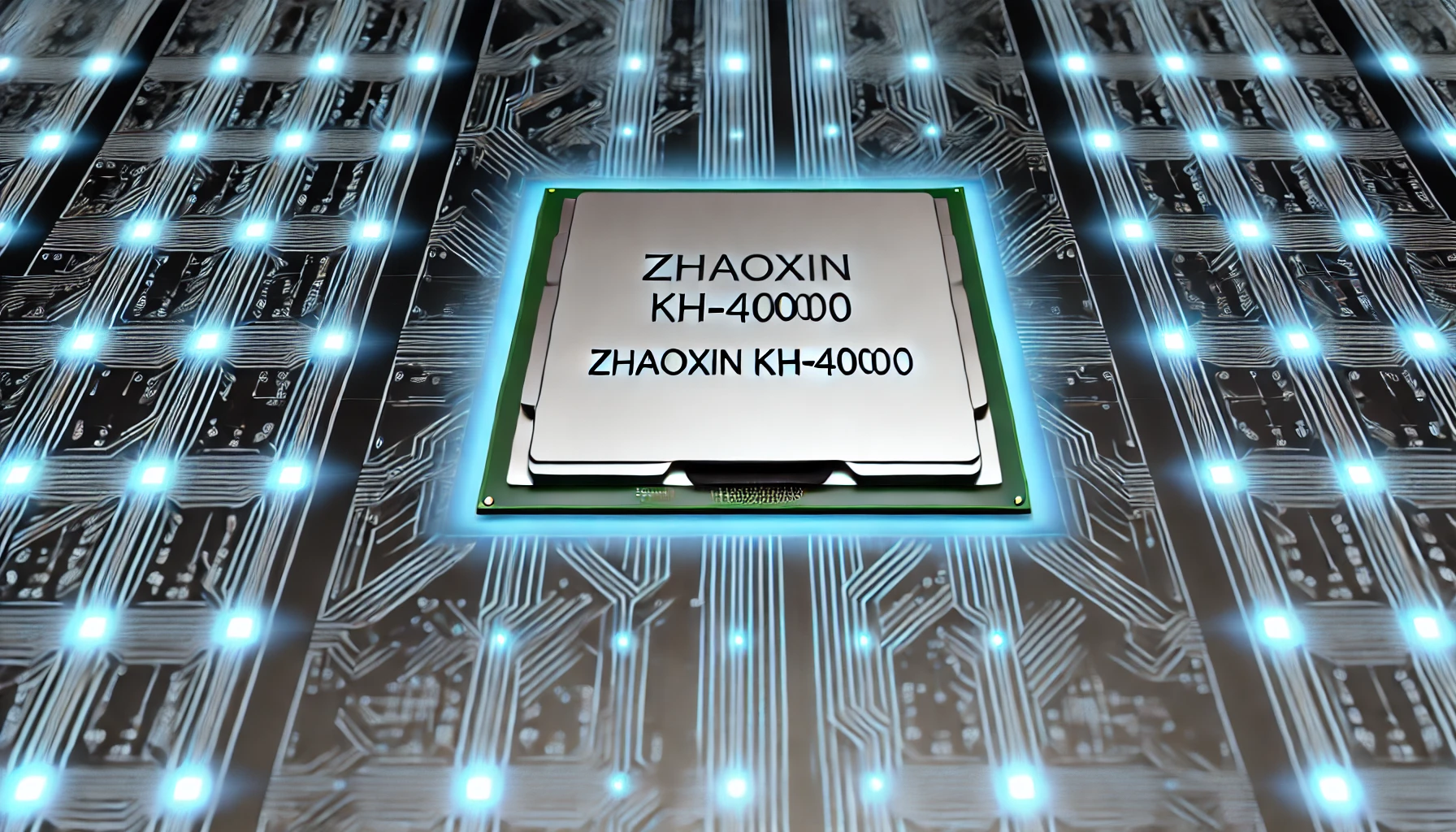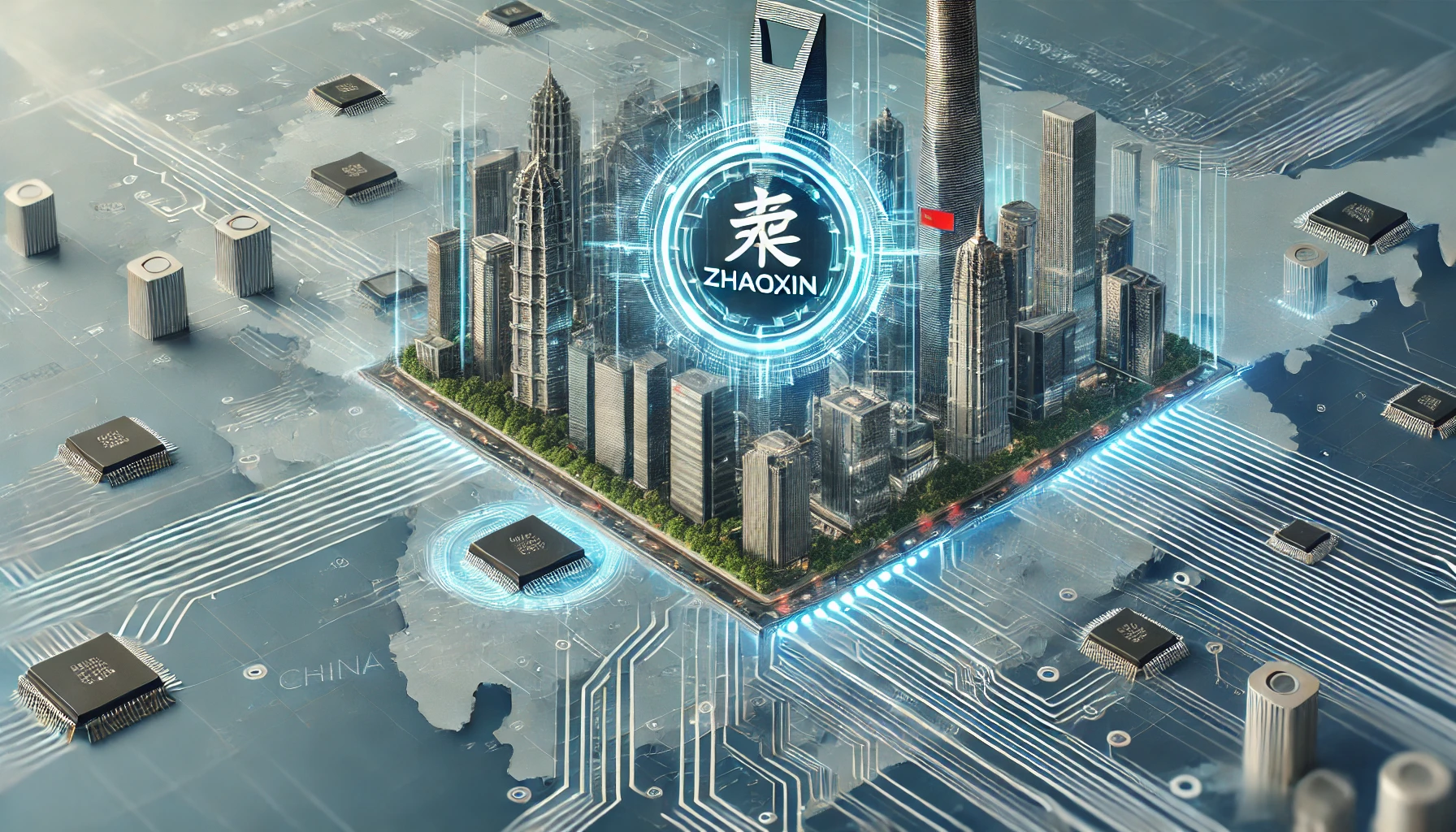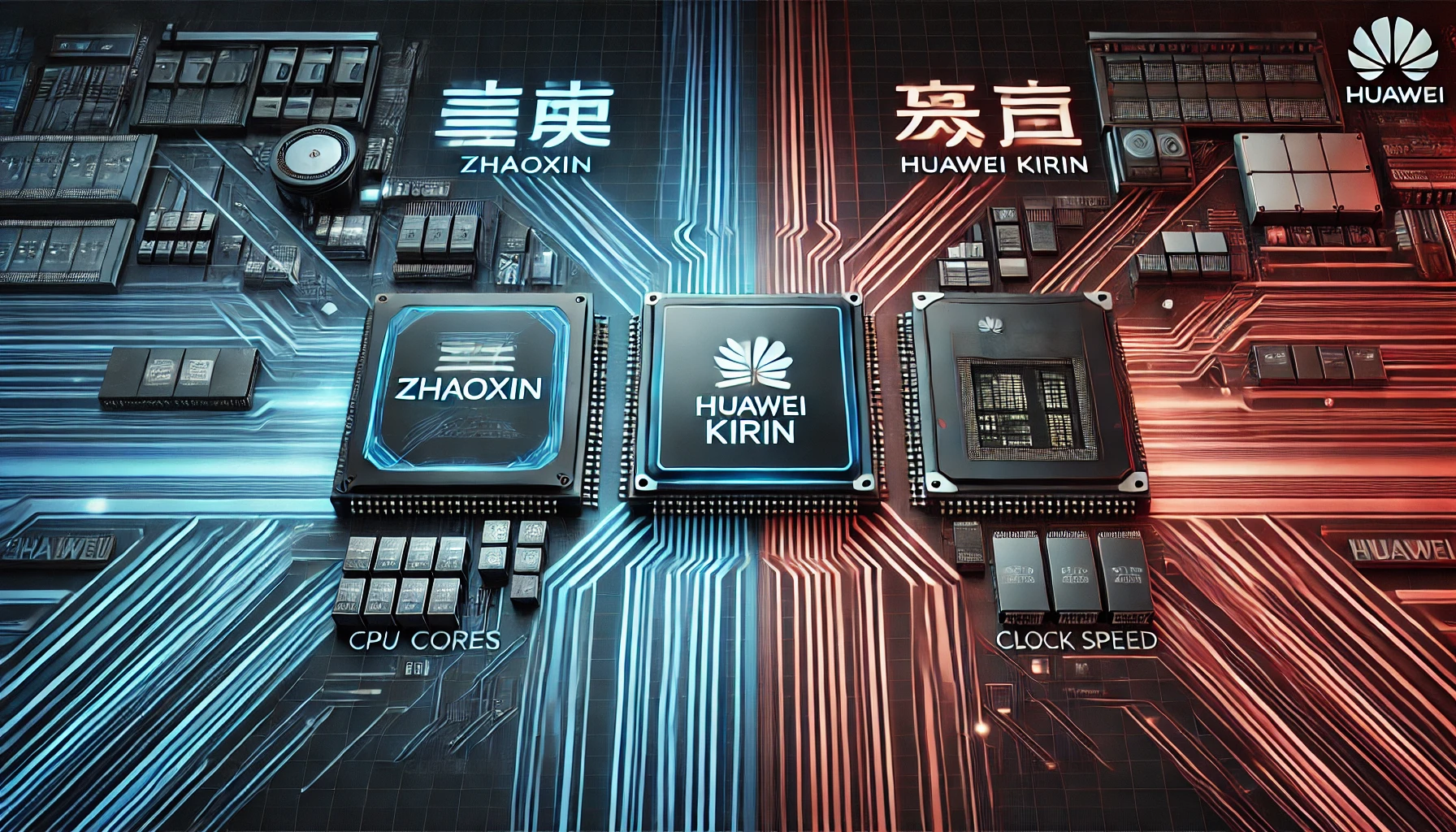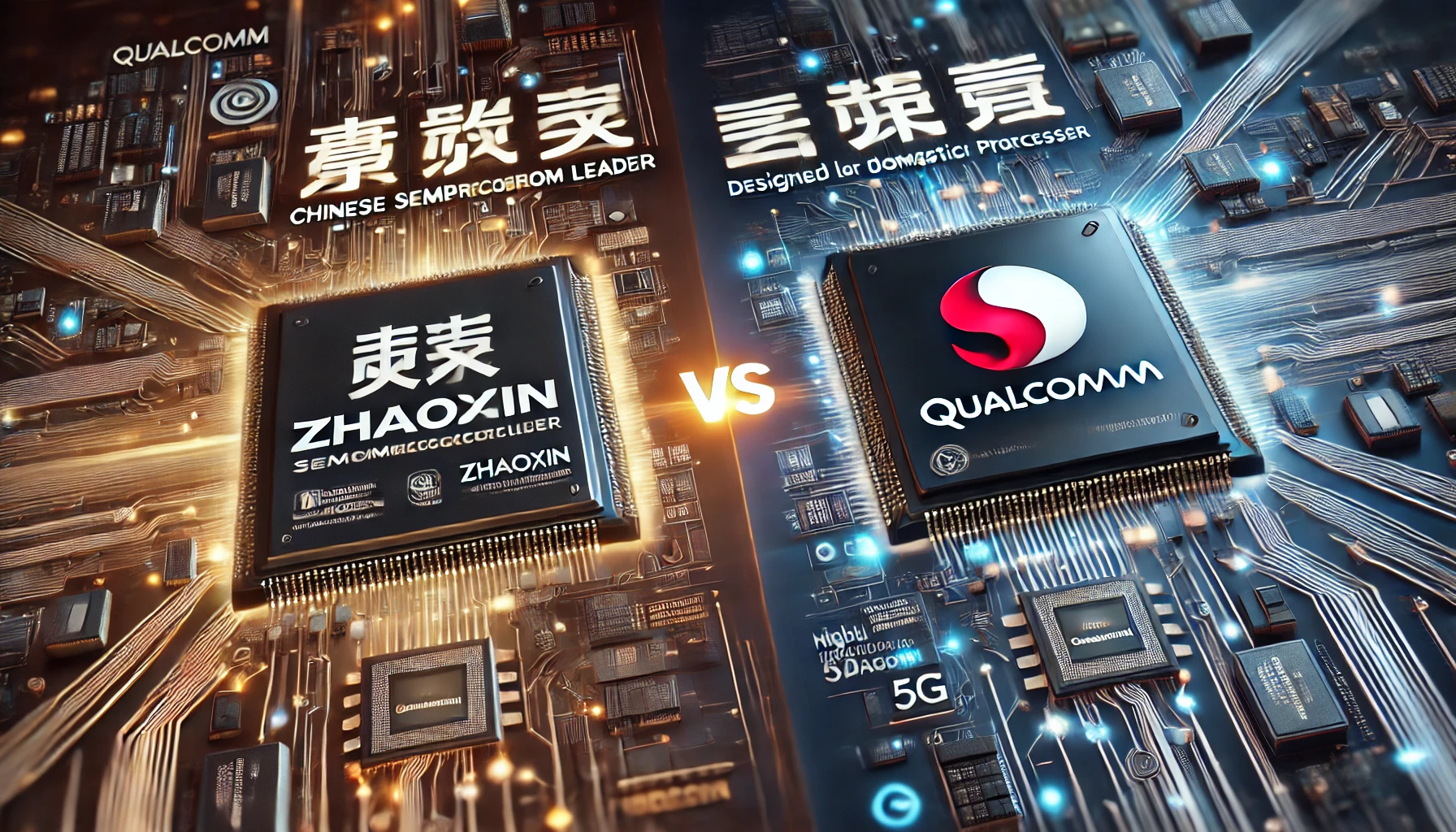Zhaoxin is a Chinese semiconductor company making significant strides in the processor market. Known for developing domestic x86-compatible CPUs, Zhaoxin has emerged as a key player in China’s efforts to reduce reliance on foreign technology. The company’s processors are designed for various applications, including desktops, servers, and embedded systems, making them highly versatile. With a focus on performance and innovation, Zhaoxin’s processors are gaining traction, offering a competitive alternative to well-established brands. Zhaoxin continues to grow as the industry shifts towards homegrown solutions.
History of Zhaoxin Processors
Zhaoxin was established in 2013 as a joint venture between the Chinese government and VIA Technologies, a Taiwan-based semiconductor company. This collaboration allowed Zhaoxin to leverage VIA’s expertise in processor design, enabling the development of its x86-compatible CPUs. The company started with modest early models but quickly advanced its technology, releasing more powerful and efficient processors. From its initial offerings to the current generation, Zhaoxin has consistently improved its performance, positioning itself as a strong competitor in both the consumer and enterprise markets.
Versions of Zhaoxin Processors
Zhaoxin ZX-C Series
Released in 2013, the Zhaoxin ZX-C series marked Zhaoxin’s first step into the processor market, focusing on basic computing needs. These processors targeted entry-level desktops, offering affordable and functional solutions for everyday tasks. The ZX-C series is aimed at domestic consumers looking for an alternative to foreign brands. Although the performance was modest, it helped Zhaoxin establish a foothold in the industry. This series laid the foundation for future advancements in Zhaoxin’s processor lineup.
Zhaoxin KX-5000 Series
Launched in 2017, the Zhaoxin KX-5000 series brought significant performance enhancements over its predecessor. These processors were designed for mainstream users, offering faster speeds, improved energy efficiency, and better graphics capabilities. The KX-5000 series was a key milestone in Zhaoxin’s journey, showcasing its ability to compete with international brands. It balanced affordability and performance, appealing to both consumers and businesses. This series helped Zhaoxin gain recognition in the global processor market.
Zhaoxin KX-6000 Series
Introduced in 2019, the Zhaoxin KX-6000 series offered performance comparable to Intel’s 8th-generation processors. With more processing power, this series targeted consumers and businesses seeking high-performance computing solutions. The KX-6000 series featured enhanced energy efficiency and could handle demanding tasks like gaming, content creation, and business applications. It represented a major leap in Zhaoxin’s technology, pushing the company further into the spotlight. This series signalled Zhaoxin’s ambition to compete at the global level.
Zhaoxin KH-30000 Series
Released in 2020, the Zhaoxin KH-30000 series was specifically designed for servers and data centres. These processors offered high performance and reliability, catering to enterprise-level applications that require powerful computing capabilities. The KH-30000 series was tailored for handling large-scale data processing, cloud services, and AI tasks.
This series marked Zhaoxin’s entry into the enterprise market, proving its capacity to build robust processors for critical infrastructure. It was a significant step towards becoming a competitive player in the server space.
Zhaoxin KH-40000 Series
In 2021, Zhaoxin released its newest and most advanced processor line, the KH-40000 series. These processors are designed for businesses and are ideal for high-performance tasks like managing data centres, critical infrastructure, and government systems. The Zhaoxin KH-40000 series offers high performance, scalability, and reliability, making it perfect for important tasks. It improves upon the KH-30000 series by providing even more processing power and efficiency. This series shows Zhaoxin’s dedication to delivering state-of-the-art solutions for the business market.
Key Features of Zhaoxin Processors
Architecture and Design
Zhaoxin processors are built on x86 architecture, allowing them to be compatible with many applications and systems traditionally associated with Intel and AMD chips. Their design balances performance and efficiency, catering to consumer and enterprise markets. Zhaoxin’s processors feature a multi-core design, typically offering 4 to 8 cores, depending on the series.
The architecture also supports various security features and integrates advanced graphics capabilities, making them suitable for various applications, from basic computing to server tasks.
Performance Benchmarks and Specifications
Zhaoxin processors have shown steady improvement in performance benchmarks over the years, particularly with the KX and KH series. The KX-6000, for instance, offers performance comparable to Intel Core processors, with competitive clock speeds and multi-core capabilities. The KH series has demonstrated reliable performance for data-intensive tasks in server environments. While not yet at the level of Intel’s top-end chips, Zhaoxin processors offer solid performance in everyday computing, business, and server tasks, making them a viable option for specific markets.
Power Efficiency and Thermal Performance
Zhaoxin processors prioritise power efficiency, especially in their KX and KH series. They are designed to consume less power while maintaining reasonable performance, which is crucial for both consumer desktops and enterprise servers. Regarding thermal performance, Zhaoxin processors generate moderate heat levels, allowing them to be used in systems with relatively simple cooling solutions.
This makes them an attractive option for markets prioritising energy conservation and cost savings. Although they may not match the thermal efficiency of some Intel and AMD chips, Zhaoxin continues to optimise its designs to improve in this area.
Applications of Zhaoxin Processors
- Usage in government and enterprise sectors: Zhaoxin processors are widely used in China’s government agencies and state-owned enterprises. They offer a secure, domestically produced alternative to foreign technologies, which helps maintain data sovereignty.
- Applications in cloud computing and data centres: Zhaoxin’s KH series processors are designed for high-performance computing, making them suitable for cloud computing, data storage, and processing in large-scale data centres, particularly within China.
- Potential growth in consumer electronics and personal computing: While currently focused on enterprise solutions, Zhaoxin processors have the potential to expand into consumer electronics, including personal computers and laptops, as they continue to improve performance and software compatibility.
Zhaoxin in the Chinese Market
Zhaoxin plays a crucial role in China’s push for domestic manufacturing, as the country aims to reduce its reliance on foreign technologies. As a homegrown semiconductor company, Zhaoxin’s processors are part of China’s broader strategy to achieve technological independence, particularly in critical areas like computing. The Chinese government has supported Zhaoxin’s growth, providing backing to develop competitive, locally produced chips.
This support positions Zhaoxin as a key player in China’s tech ecosystem, contributing to the country’s long-term goal of self-sufficiency in advanced technology. By manufacturing processors domestically, Zhaoxin helps strengthen China’s global competitiveness.
Challenges Faced by Zhaoxin Processors
- Competition with well-established brands like Intel and AMD: Zhaoxin faces intense competition from dominant global players with decades of experience, making it challenging to match their performance and brand reputation.
- Technical challenges in performance and software compatibility: While Zhaoxin has made progress, its processors still need help to achieve the same performance and software compatibility level as Intel and AMD, particularly in demanding applications.
- Market penetration outside China: Zhaoxin’s market is largely limited to China, and it faces significant hurdles in expanding its presence internationally, where established brands dominate the market.
- Limited ecosystem support and software optimisation: Zhaoxin processors often need more software and application optimisation support, making it difficult for them to compete fully in a broader ecosystem.
Zhaoxin vs. Competitors
Zhaoxin vs. Huawei Kirin
Huawei’s Kirin processor, primarily designed for mobile phones, differs significantly from Zhaoxin’s x86-based processors, which are geared towards personal computers, servers, and data centres. While Kirin excels in mobile technology with strong performance in smartphones and tablets, Zhaoxin focuses more on desktop and enterprise-level applications.
Kirin processors have advanced AI capabilities and energy efficiency suited for mobile use, whereas Zhaoxin’s strength lies in delivering competitive performance for government and business computing within China. Both play key roles in China’s push for tech independence but in different market segments.
Zhaoxin vs. Qualcomm
Qualcomm, known for its dominance in mobile processors, offers strong competition to Zhaoxin regarding innovation and market reach. While Zhaoxin focuses on x86 architecture, Qualcomm’s Snapdragon series is widely used in smartphones, tablets, and other devices, with superior performance in 5G and AI-driven applications. However, Zhaoxin is better suited for desktop, server, and enterprise use, making the competition less direct. As Zhaoxin grows, its challenge will be developing processors with the same power efficiency and global reach Qualcomm enjoys in the mobile sector.
Zhaoxin vs. Allwinner
Another Chinese chip manufacturer, Allwinner, specialises in ARM-based processors for low-cost tablets, set-top boxes, and IoT devices, which puts it in a different category from Zhaoxin’s x86 processors. Allwinner’s strength is in the budget electronics market, where affordability and low power consumption are key, while Zhaoxin focuses on desktop, enterprise, and government solutions.
Zhaoxin is more competitive in high-performance computing, while Allwinner dominates low-cost consumer electronics. Both companies cater to different sectors of China’s tech market, but Zhaoxin is positioned to have a larger impact on enterprise and government computing.
Conclusion
Zhaoxin has established itself as an important player in the processor industry, particularly within China’s efforts to reduce dependence on foreign technology. While it still faces challenges in competing with established brands like Intel and AMD, its growth potential is promising, especially in government, enterprise, and data centre applications. As Zhaoxin continues to improve its performance and expand its ecosystem, areas like consumer electronics and international market penetration are worth watching.
